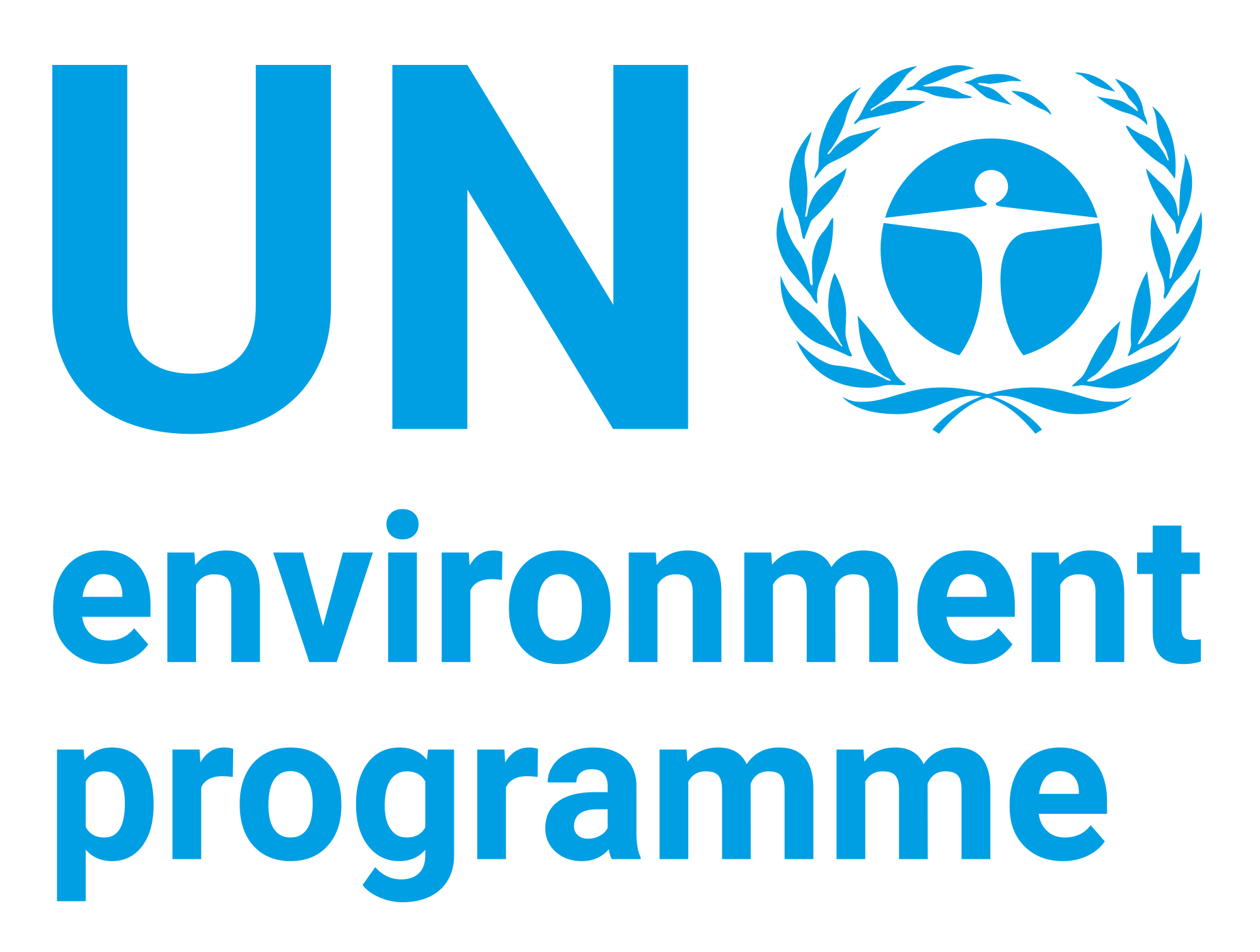| dc.contributor | Economy Division | en_US |
| dc.contributor.author | United Nations Environment Programme | en_US |
| dc.contributor.author | World Health Organization | en_US |
| dc.contributor.author | International Labour Organisation | en_US |
| dc.coverage.spatial | Global | en_US |
| dc.date.accessioned | 2019-08-20T20:32:37Z | |
| dc.date.available | 2019-08-20T20:32:37Z | |
| dc.date.issued | 2001 | |
| dc.identifier.isbn | 92 4 157223 X | en_US |
| dc.identifier.uri | https://wedocs.unep.org/20.500.11822/29528 | |
| dc.description | Chemicals have become an indispensable part of human life, sustaining activities and development, preventing and controlling many
diseases, and increasing agricultural productivity. Despite their benefits, chemicals may, especially when misused, cause adverse effects on human health. The nervous system has been shown to be particularly vulnerable to certain chemical exposures, and there is increasing global concern about the potential health effects from exposure to neurotoxic chemicals. | en_US |
| dc.format | Text | en_US |
| dc.language | N/A | en_US |
| dc.rights | Public | en_US |
| dc.subject | nervous system | en_US |
| dc.subject | chemical | en_US |
| dc.subject | toxicology | en_US |
| dc.subject | risk assessment | en_US |
| dc.subject | aetiology | en_US |
| dc.title | Neurotoxicity Risk Assessment for Human Health: Principles and Approaches - Environmental Health Criteria 223 | en_US |
| wd.identifier.sdg | SDG 3 - Good Health and Well-being | en_US |
| wd.topics | Chemicals and Pollution Action | en_US |
| wd.identifier.pagesnumber | 249 pages | en_US |


